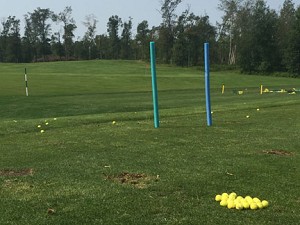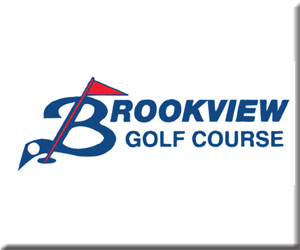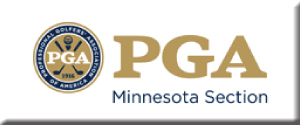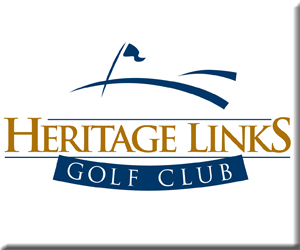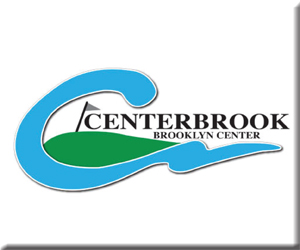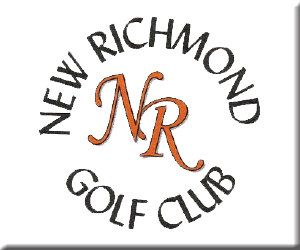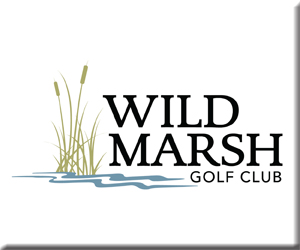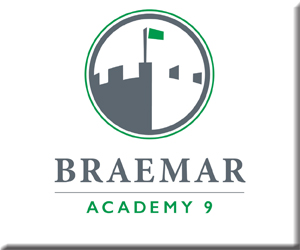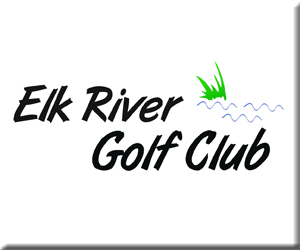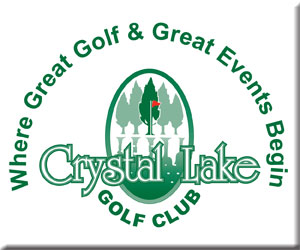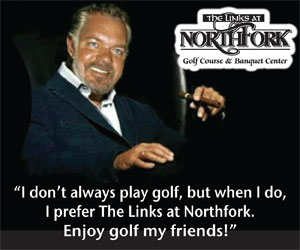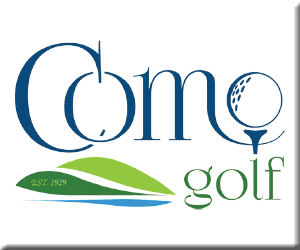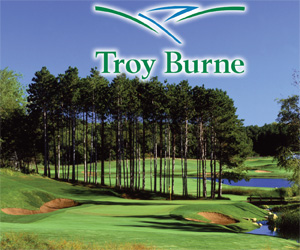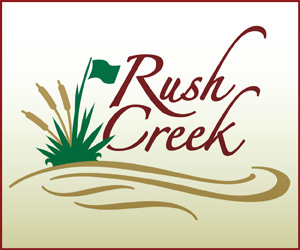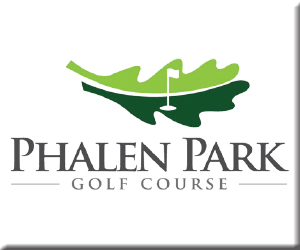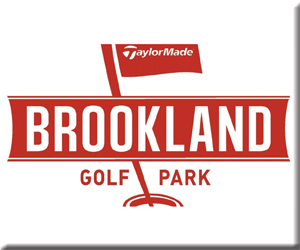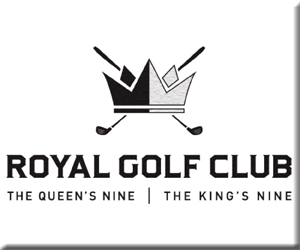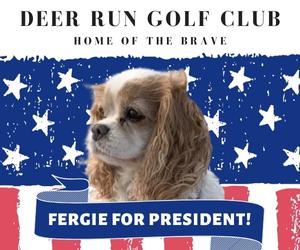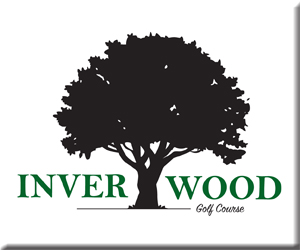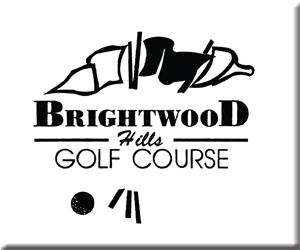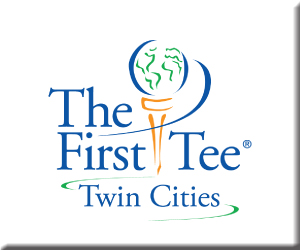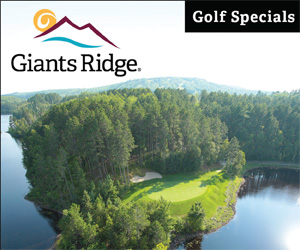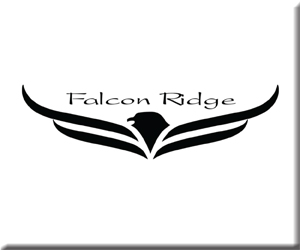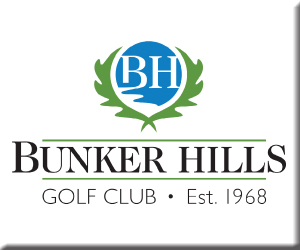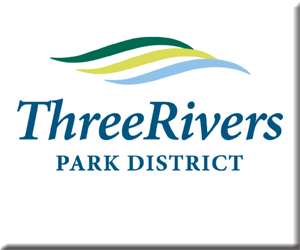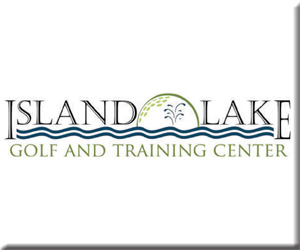Practice for Performance September
By Chris Foley
Golf is one of the few games that is not practiced on the actual field of play. Games like football, basketball, tennis, and hockey are all practiced on the court, rink or field where the game is actually played. Unfortunately, in golf, the majority of our practice occurs at a driving range. Most of the time the driving range has no resemblance to the golf course. This environment typically doesn’t lead to great performance on the golf course.
This golf season, in each issue of Tee Times we will present a practice plan, drill, or game that is designed to help you create a great practice situation and help you practice for performance.
Practicing for performance must include the following elements.
1. The drill, game, or exercise needs to create awareness and be engaging. Things like changing targets frequently, creating different sensations or feels, and pushing you out of your comfort zone
2. The practice needs to be measurable. When we measure our practice, it gives us a true gage of how we are doing. From day to day we can track improvement or regression.
3. There needs to be consequence in practice. We need to compete while we practice. This is what truly bridges the gap between the range and the golf course. The practice experience needs to be closer to the actual golf course experience.
Something I typically ask my students on the lesson tee as they warm up is “What is your target?” Frequently, I get the answer, “I don’t really have one”. Since every shot we hit on the golf course is hit at a target, we better have one when we practice.
Target awareness is has a big influence on the swing we create.
The two biggest influences on the direction and curvature of the golf ball are the clubface and the path of the club. The clubface has the biggest influence on the starting direction of the ball and the face and the path work together to create the curve of the ball. In simple terms, when the clubface is right in relationship to the path the ball will curve to the right. When the clubface is left of the path the ball will curve to the left.
A great way to practice target, clubface, and path awareness is to place two alignment rods in the ground between you and the target approximately 10 feet away and about three feet apart. The purpose of the rods to the hit the ball between them like goal post. To work on drawing the ball, place the rods to the right of the target. To fad the ball, place the rods to the left.
Using a mid iron, take 15 balls and try to hit the balls through the rods and curve the ball toward the target. A ball that travels through the rods is worth one point. If the ball curves toward the target you get an additional point. If the ball doesn’t go through the rod, take away a point. Repeat this process with different clubs.
Use this exercise in every practice session and keep track of the total number of points you score each session. Use this as a benchmark to track your progress.
I welcome your feedback and questions. Please contact me at cfoley@ChrisFoleyGolf.com, 218-820-9426. Follow me on Twitter @ChrisFoleyGolf and look for more great practice tips on #PracticeForPerformance Thursdays.
